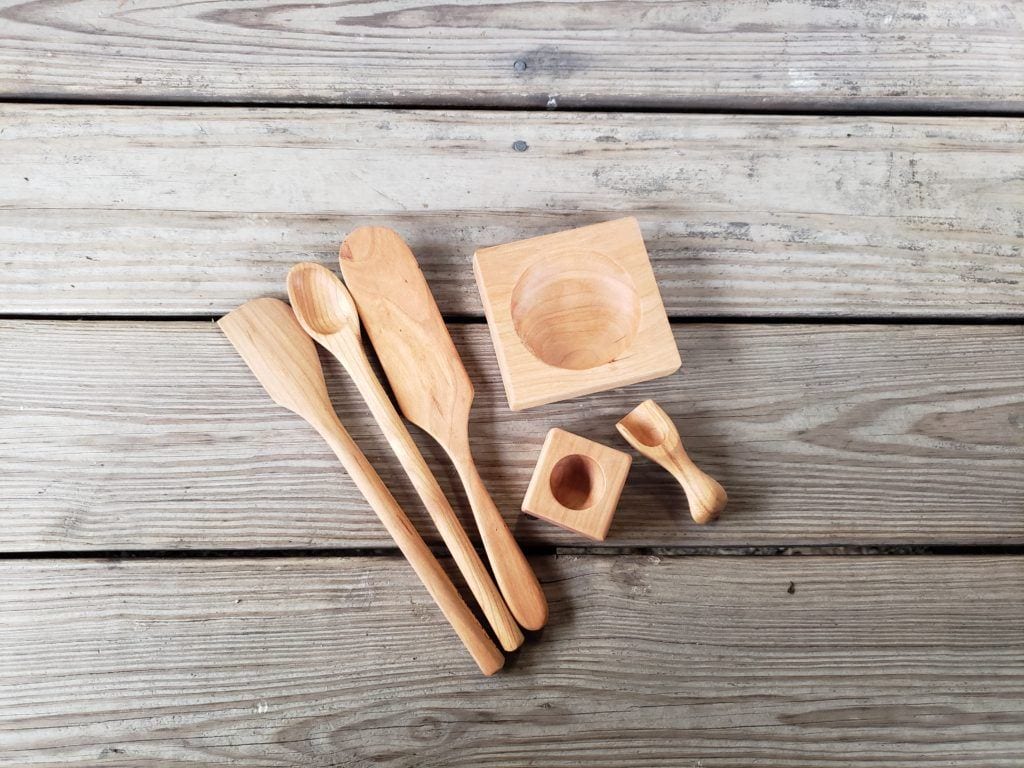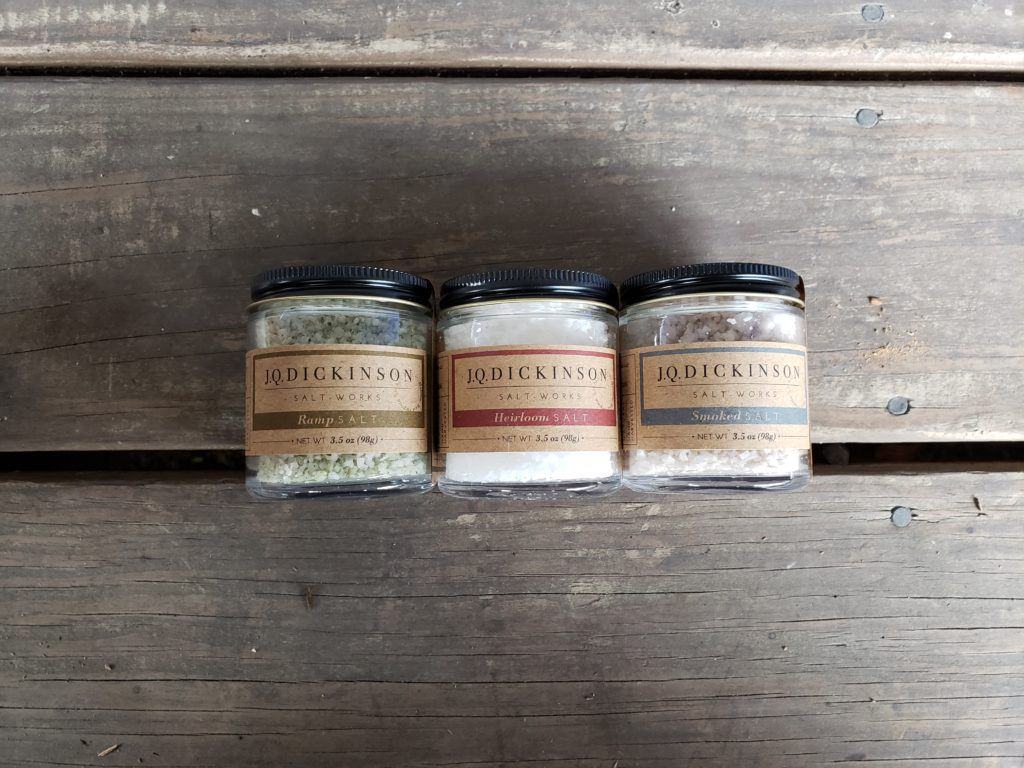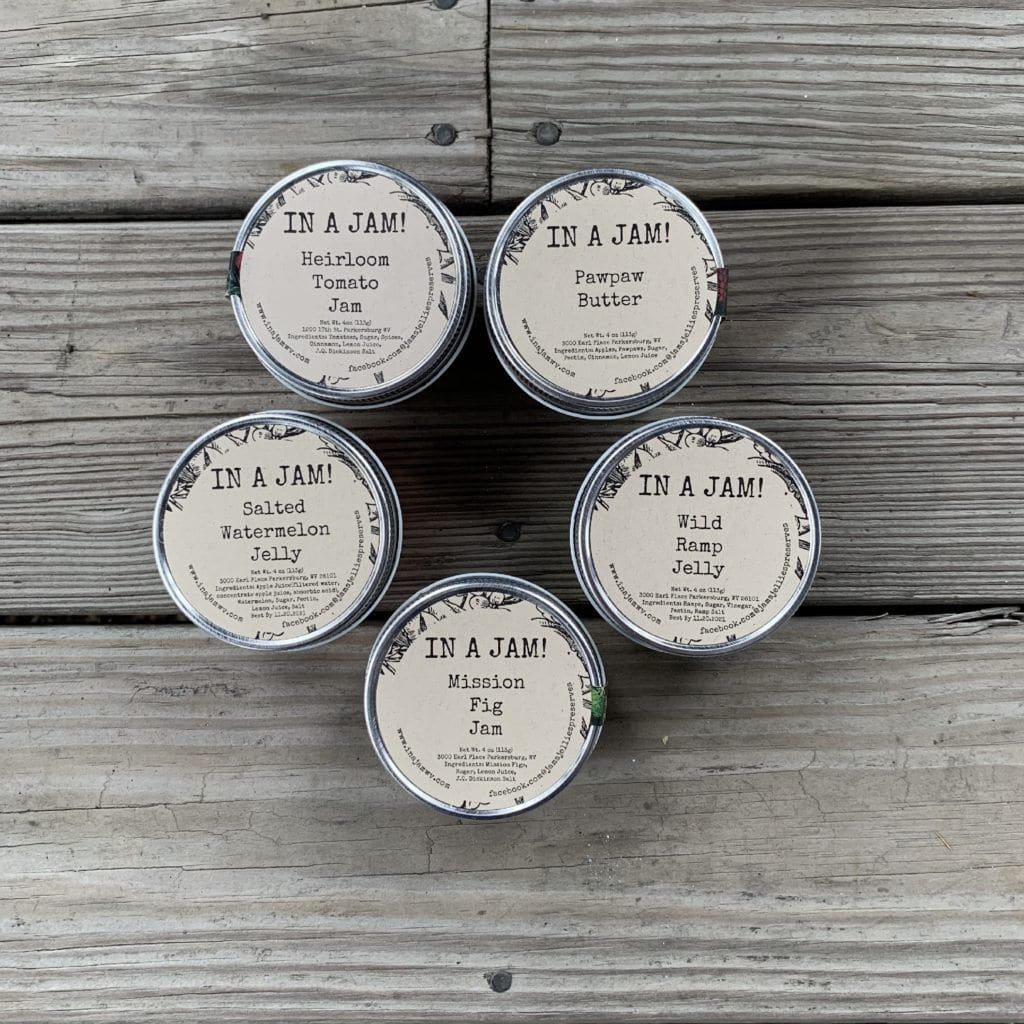In a world of fast-paced industries and modern technology, there are still craftsmen whose daily routines are dictated not by screens and algorithms, but by the rhythm of nature and the age-old tradition of their trade. Among them are our invaluable salt makers! Join me on a journey into salt making, where we will follow along the day of our salt makers’ duties and how they turn brine into salt.
The Start of a Salt Maker’s Day
Salt production occurs exclusively during the warmer months, prompting our salt makers to be among the earliest arrivals on the farm. Salt makers Morgan and Luke often begin their day as early as 6 or 7 in the morning, eager to tackle the bulk of the greenhouse tasks before the scorching heat sets in. Inside these greenhouses, temperatures can soar to a blistering 150 degrees Fahrenheit! Coupled with the physically demanding nature of the work, the conditions can quickly become hazardous.
Testing the Waters: Monitoring Salinity and Setting Up Pumps
The first task of the day begins at the salt beds. Armed with a salinity meter, the salt makers make their rounds. The salinity meter is one of a salt maker’s most trusty tools. Everyday, the beds are tested to keep an eye on the salinity percentage. Once a bed has reached a certain salinity, the brine in that bed must be transferred to our harvesting sun house. Testing each bed daily allows the salt making team to monitor and plan for the days ahead.
In the event a bed has reached its desired salinity, the salt making team will then prepare for draining and pumping. This involves connecting hoses to drainage holes in the brine beds and draining the ready brine into a holding tank. From the holding tank, a simple pool pump is used to pump the brine into our large harvesting sun house, where the brine will be filled at a shallow enough level to encourage crystal formations!
From Brine to Crystal: Harvesting Time!
As the day progresses and the sun climbs higher in the sky, signaling the passage of time and the culmination of their efforts, it’s time for Luke and Morgan to reap the fruits of their labor. If the brine in the harvesting house has yielded salt, the team will promptly initiate the harvesting process.
The process of harvesting salt is straightforward! Using a salt rake and a bucket, our salt makers gather the salt into the buckets, leaving most of the brine behind in the beds. These buckets have holes at the bottom for convenient drainage. They are placed at the edge of the bed to drain for 24 hours before transferring the salt to the processing facility just a few steps away.
During the height of summer, the brine often yields multiple harvests, presenting both opportunities and challenges. Despite the potential for increased productivity, prolonged exposure to the heat poses risks. Aware of this, our salt makers work diligently and efficiently, taking regular water breaks to stay hydrated and safe amidst the demanding conditions. They adapt their pace and approach, harvesting as nature permits, ensuring a balance between productivity and well-being.
Tending to the Earth: General Maintenance
But the work of a salt maker is not just about harvesting salt—it’s also about caring for the land and equipment that sustains them. From repairing beds and hoses to maintaining evaporation tanks, there’s always something to be done.
In addition to their salt-related duties, Luke and Morgan may find themselves engaged in a myriad of other tasks, such as mending holes in the greenhouse plastic, repairing greenhouse doors, and ensuring the overall cleanliness of the property. Amidst the meticulously planned days, there are also surprises awaiting at every turn!
Aeration and Iron Purging
Another significant aspect of the job involves treating the brine before it reaches our salt beds. While this might sound like a daunting task, it’s surprisingly straightforward. After being pumped up from 350 feet below the Earth’s surface into spacious holding tanks, the brine undergoes aeration. Aeration, achieved by a basic air pump, infuses air into the brine. This process effectively catalyzes the transformation of iron within the brine into iron oxide, which then settles at the tank’s bottom. Why do we choose to do this step rather than using the brine as is? Iron gives the salt a red appearance and slight metallic taste, which is not synonymous with our desired end result! Furthermore, we cannot regulate the iron in alignment with FDA regulations.
Infusing the Salt
In addition to overseeing brine maintenance and salt harvesting, Luke takes charge of operating our salt smoker. This process begins with our plain, freshly harvested salt. Luke carefully spreads the salt in thin layers on trays, which are stacked inside the smoker. He then attends to the fire, selecting either locally sourced applewood or bourbon barrels to infuse the salt with delightful flavors.
Salt Makers Wrapping Up the Day
As Luke and Morgan wind down their day, they engage in the final stages of their routine: tidying up, stowing away tools, securing doors and gates, and sharing project updates. If they find themselves with some spare time (or poor weather conditions!) before the day concludes, they might lend a hand in packing orders, conducting inventory checks, overseeing the salt drying process, or any other tasks that demand attention.







